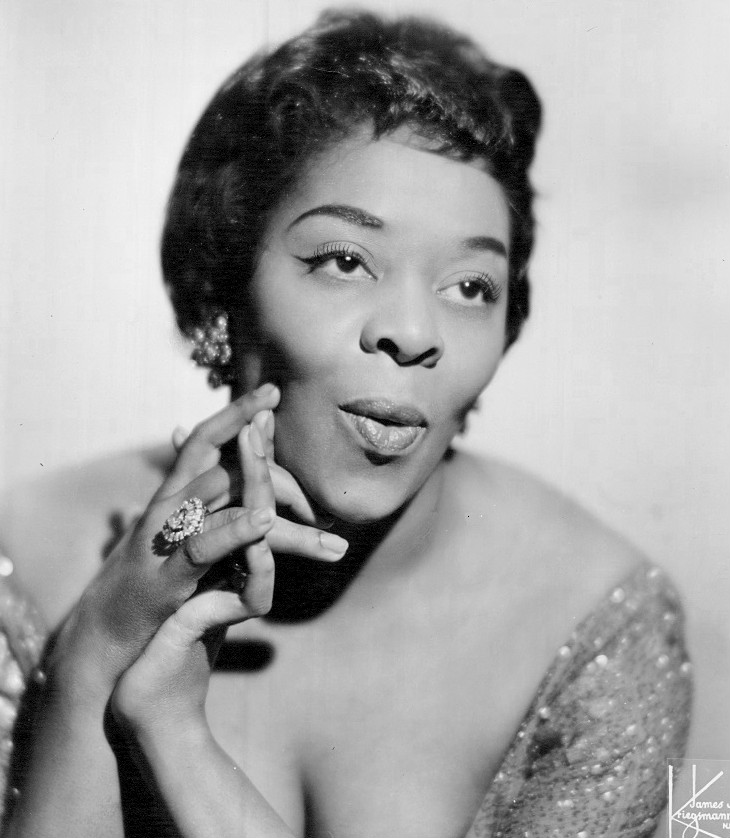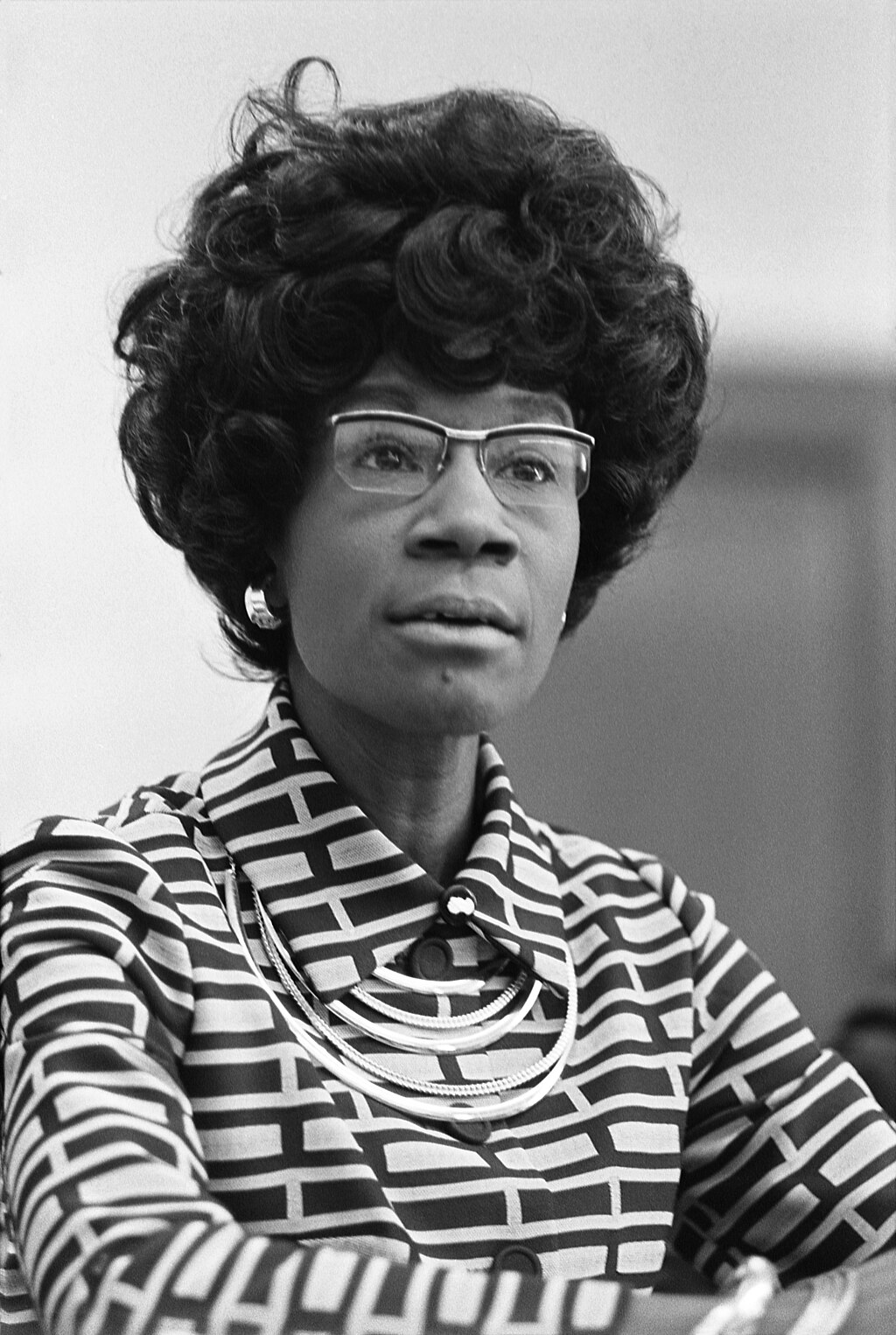The image of an eight-year-old black girl in her perfectly starched blouse and skirt walking through a gauntlet of hatred to go to school was etched in the minds of every American in the sixties. Everyone was touched by the grace and dignity shown by the young girl who was spat at and heckled, as cameras shoved in her face recorded it for all posterity. Activists for integration won a huge victory that day and with an even greater strength and resolve went on to flatten every segregation wall that presented itself.
Daisy Bates was one of the civil rights warriors who were first called into action in the fight for desegregation. Born in 1920, Daisy was adopted into a loving family in Little Rock, Arkansas, and never knew what happened to her birth mother until the taunts of schoolchildren made the eight-year-old question her adoptive mother. On that day, she found out that her mother had been raped and murdered by three white men who then dumped her body in a pond. Her father left town to escape having the crime pinned on him.
When Daisy was twenty-one, she married L.C. Bates, a black man who had been educated as a journalist. Together, they took over a Little Rock newspaper, the Arkansas State Press, and turned it into a platform for “the people,” reporting crimes committed against blacks that the white paper ignored. Daisy worked as a reporter, covering with complete honesty, for example, the cold- blooded murder of a black soldier by military police. The white business community was outraged over the State Press’ coverage: They feared the army would leave their town and withdraw all advertising. However, the Bates’ brave courage in the face of brutality to blacks curtailed these crimes, and Little Rock became a more liberated town despite itself.
Then the movement toward desegregation heated up, with Daisy Bates right in the thick of things. The Supreme Court had declared segregation of schools unconstitutional in May of 1954, giving Southern schools the chance to describe how and when they would make the required changes. The local school board had responded by saying that they would take on the notion of integration “gradually.” Little Rock’s black community was up in arms about the foot dragging and after butting their heads in the many stony-faced meetings, they opted to take matters into their own hands. The state and local NAACP decided that they would try to enroll the students into the segregated schools and build up cases of denied admission in order to create a true challenge to the policy of gradualism. Daisy Bates, as president of the NAACP in Little Rock, worked with the State Press and other papers to publicize this flouting of the Supreme Court’s ruling. Finally, in 1957, they decided to integrate the high school, come hell or high water. The children who would put their bodies on the line would become famous overnight as “Daisy’s children” and suffer personal agony for the cause of racial injustice.
When nine children were selected to attend the “whites only” Central High School, Daisy acted as their escort and protector. Answering a poll screened by school officials, the group of young heroes and sheroes consisted of: Carlotta Walls, Thelma Mothershed, Melba Patillo, Ernest Green, Terrence Roberts, Gloria Ray, Minnijean Brown, Jefferson Thomas, and Elizabeth Eckford. When Little Rock school superintendent Virgil Blossom decreed that no adults could accompany the black students, Daisy called all of their homes and told them there would be a change of plans.
Elizabeth Eckford’s family had no telephone, so she showed up on opening day—to be faced by an angry white mob who also attacked the reporters and photographers. The mob siege lasted seventeen days until 1,000 paratroopers showed up in response to orders from the White House to carry through the order of legal integration of the school.
However, the students were on their own once inside, prey to taunts, shoving, and threats of violence. Daisy Bates continued to protect and advise the children throughout the ordeal, accompanying them to every meeting with a school official when racial incidents happened. The struggle at Little Rock was only the first in a round of actions that ultimately led to full legal desegregation. Though difficult, the victory was entirely to Daisy and her “children” who showed the nation that you could stand up to hatred and ignorance with honesty and dignity. You can fight a losing battle and win.
This excerpt is from The Book of Awesome Women by Becca Anderson, which is available now through Amazon and Mango Media.









